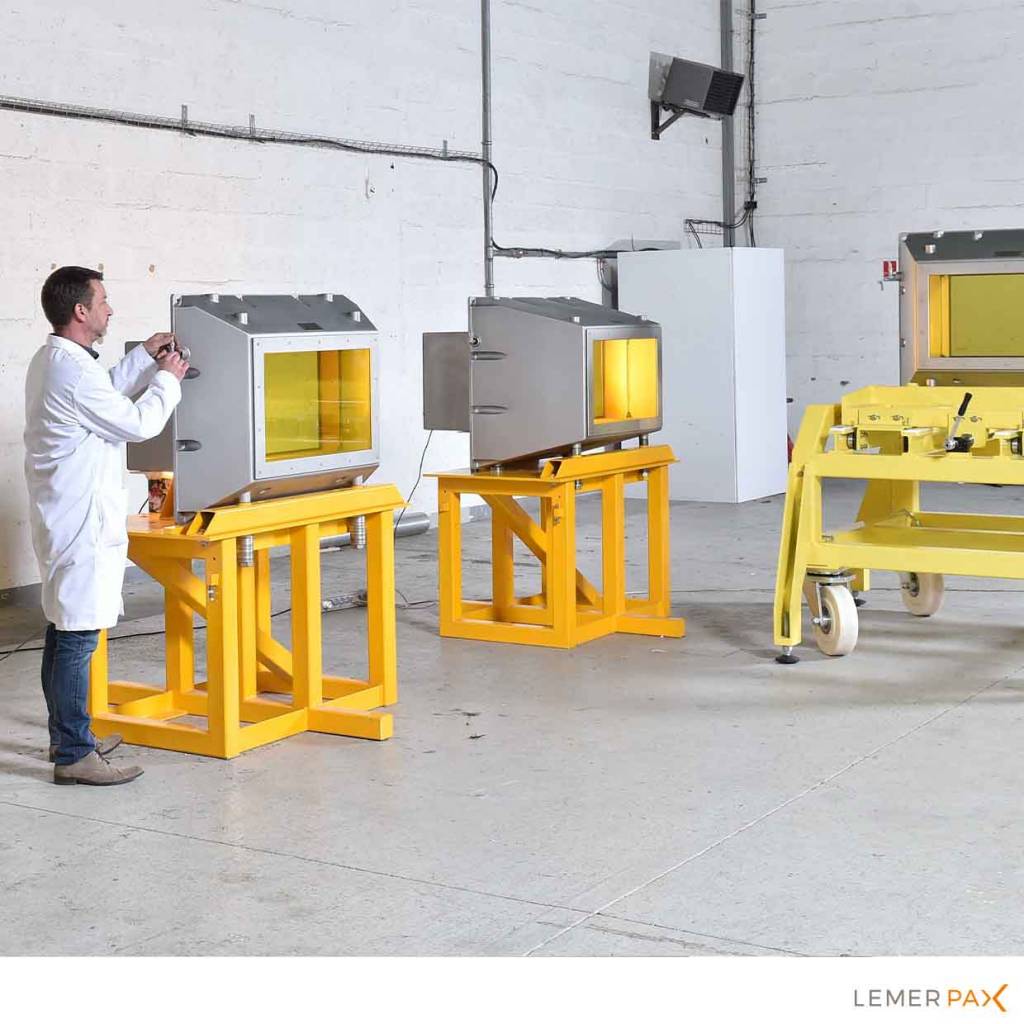Understanding Radiation Shielding Glass Fundamentals
In healthcare facilities and laboratories, protecting staff and patients from harmful radiation is paramount. Radiation shielding glass plays a crucial role in this protection strategy, offering both visibility and safety. This specialized glass contains high amounts of lead or other dense materials that effectively block various types of radiation while maintaining optical clarity.
Modern medical facilities require comprehensive radiation protection solutions, including radiation protection mobile equipment and fixed installations. The choice of appropriate shielding glass is fundamental to creating a safe environment for healthcare professionals and patients alike.
Types of Radiation Shielding Glass
Different environments and applications require specific types of radiation shielding glass. Here are the main categories:
- Lead Glass: Traditional and most common, offering excellent protection against X-rays and gamma radiation
- Lead-Acrylic Combinations: Lightweight alternatives with good optical properties
- Non-Lead Glass: Advanced alternatives using bismuth and other heavy elements
- Leaded Acrylic: Flexible option for curved applications
Key Factors in Selecting Shielding Glass
When choosing radiation shielding glass, several critical factors must be considered to ensure optimal protection and functionality:
- Lead Equivalency Requirements
- Optical Clarity and Light Transmission
- Physical Dimensions and Weight Constraints
- Installation Environment and Usage Patterns
- Regulatory Compliance Standards
- Budget Considerations
Technical Specifications and Standards
Understanding technical specifications is crucial for making informed decisions about radiation shielding glass. The most important parameters include:
Lead equivalency values typically range from 0.5mm to 8.0mm Pb, depending on the application. The glass must meet international safety standards such as IEC 61331-2 and maintain consistent protection levels throughout its service life.
Applications in Healthcare Settings
Different healthcare environments require specific shielding solutions:
- Diagnostic Imaging Rooms: High-lead equivalent glass for X-ray protection
- CT Scan Facilities: Premium shielding for continuous operation
- Radiation Therapy Centers: Maximum protection for high-energy applications
- Nuclear Medicine Departments: Specialized glass for gamma radiation
- Dental X-ray Rooms: Compact solutions for smaller spaces
Laboratory Applications
Research laboratories have unique requirements for radiation shielding glass:
These facilities often work with various radioactive isotopes and require flexible protection solutions. The glass must withstand chemical exposure while maintaining its protective properties. Research environments might need custom solutions to accommodate specialized equipment and experimental setups.
Maintenance and Care Guidelines
Proper maintenance ensures the longevity and effectiveness of radiation shielding glass:
- Regular inspection for cracks or damages
- Appropriate cleaning procedures using recommended products
- Periodic testing of protective properties
- Documentation of maintenance activities
- Professional assessment of aging glass
Installation Considerations
Successful installation of radiation shielding glass requires careful planning:
The supporting structure must accommodate the substantial weight of leaded glass. Proper sealing and overlapping are essential to prevent radiation leakage. Installation should be performed by qualified professionals familiar with radiation protection requirements.
Future Trends and Innovations
The field of radiation shielding glass continues to evolve:
- Development of lighter materials with improved protection
- Smart glass technologies integration
- Enhanced optical properties and clarity
- Sustainable manufacturing processes
- Advanced coating technologies
Cost Analysis and ROI
Understanding the financial aspects of radiation shielding glass investment:
Initial costs must be weighed against long-term benefits and protection requirements. Consider factors such as installation costs, maintenance expenses, and potential replacement needs. Quality shielding glass offers better value through durability and reliable protection.
Making the Final Selection
To make the best choice for your facility, consider these final points:
- Evaluate your specific protection needs thoroughly
- Consult with radiation protection experts
- Review multiple vendor options and comparisons
- Consider future facility expansion plans
- Verify warranty and support services
By carefully considering all these aspects, healthcare facilities and laboratories can select the most appropriate radiation shielding glass that meets their specific requirements while ensuring optimal protection for staff and patients. Remember that radiation protection is an ongoing commitment that requires regular assessment and updates to maintain the highest safety standards.

